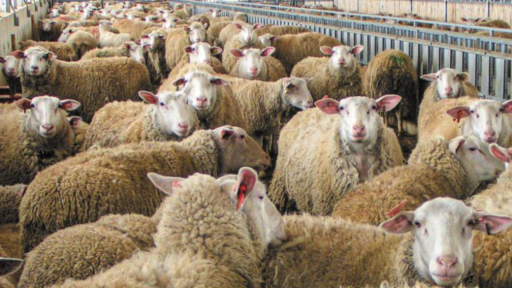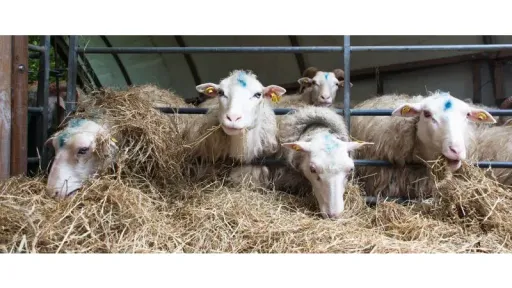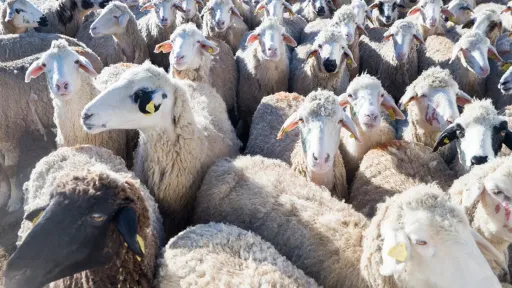Veterinary Directorate of Eastern Macedonia and Thrace: “It is our duty to protect our region from the spread of sheep and goat pox”

The Veterinary Directorate of the Region of Eastern Macedonia and Thrace (EMT) has issued a public alert concerning the ongoing outbreak of sheep and goat pox (Capripoxvirus). Following a period of relative calm, new cases have emerged, prompting officials to call for heightened vigilance across the region.
The region remains under a Special Civil Protection Mobilization status, as declared by the General Secretariat for Civil Protection under the Ministry of Climate Crisis and Civil Protection, due to the imminent threat posed by the disease’s spread.
In a statement, the Directorate emphasized the importance of coordinated action, especially given the season’s increased movement and sale of lambs and kids. “It is the responsibility of us all to safeguard our area from the spread of this disease and prevent further destruction of livestock,” the statement read.
Guidelines for Livestock Farmers
To mitigate the risk of infection, the Veterinary Directorate has issued the following critical recommendations to livestock owners:
Restrict Access: Only allow entry to essential personnel and veterinary authorities. Do not permit traders or unauthorized individuals onto the premises.
Vehicle Management: Prohibit the entry of animal trader vehicles into livestock facilities. Animals should be transported to waiting vehicles using the farmer’s own transport.
Daily Monitoring: Inspect livestock daily for symptoms such as skin lesions (red spots, pimples, discharge, or nodules on the chest, abdomen, armpits, under the tail, or around the mouth) or general signs of poor health.
Immediate Reporting: Report any suspicious symptoms immediately to the local veterinary center.
Avoid Contact Between Herds: Do not allow animals to mix with other herds. Do not lend or borrow male animals for breeding purposes.
Milk Collection Hygiene: Ensure milk collection vehicles are disinfected upon entry and exit using onboard sprayers.
Limit Movement: Avoid unnecessary travel, especially to areas with confirmed outbreaks.
No Equipment Sharing: Do not borrow or lend farming tools, feed, or machinery from other livestock owners.
Disinfection Protocols: Regularly disinfect equipment and facility areas using approved disinfectants. Construct disinfection trenches at the farm entrance where possible.
The Directorate reiterated the importance of close collaboration between livestock farmers and veterinary authorities, noting that “measures in protection and surveillance zones remain in force for 21 + 9 days following the culling of infected herds, provided no new cases arise.”
The public is urged to stay informed and adhere strictly to these guidelines to contain the outbreak and minimize its economic and health impacts.
Source: Paratiritis News







